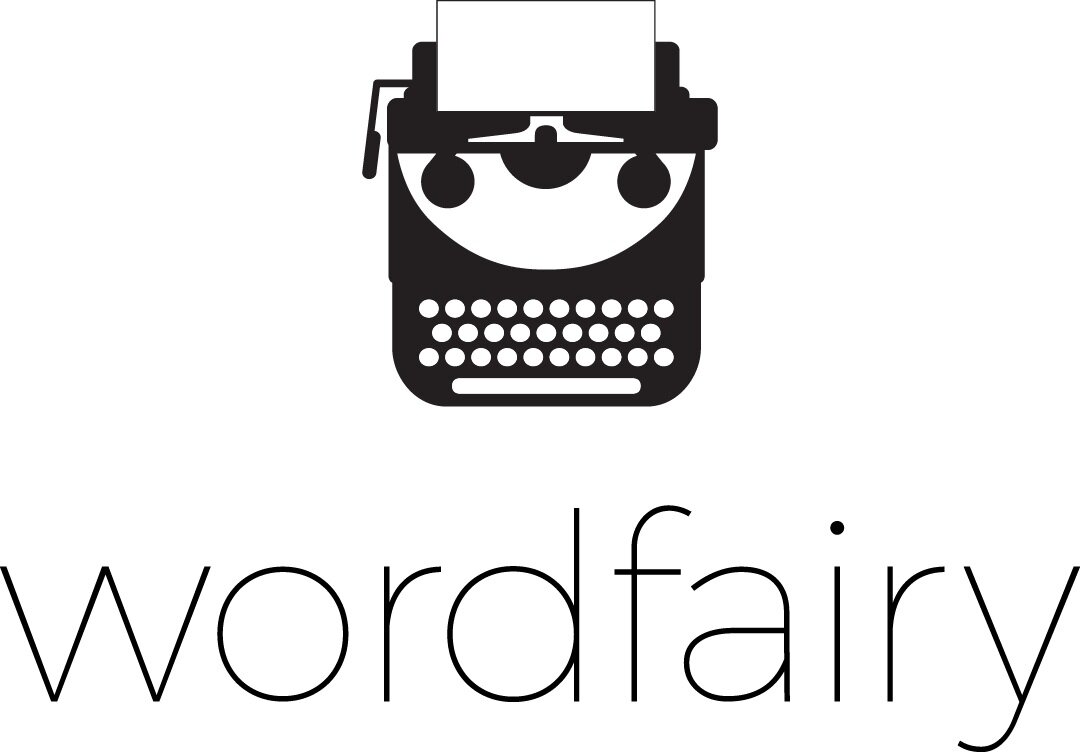How to build a style guide
When I worked in publishing, every magazine had a house style guide. If it didn’t have one, we had to build it. This style guide was essential for writing and sub-editing pages, and for designing too. It would tell you exactly how every page had to look and what the words should sound like. How to write out numbers, how to write out names and dates, word spacing, feature length – everything.
If you’ve done your branding, you will already have designed your style guide and you might even have your wording sorted. If not, here are the main language points that most house styles include, or should consider, whatever the business.
Dates: 10 February 2021? Or Feb 10 2021? Is it the 1960s or the 60s? Both options are correct, but you need to choose one and stick with it.
Names: Mr not Mister, Dr for Doctor.
Hyphens: Full-time, part-time, two-year-old (build the list as you find things that need adding). Not to confuse things, but it’s a 13th-century painting from the 13th century.
No hyphens: Everyday, lifestyle, nonspecific, wellbeing (again, build the list as you go).
Numbers: Usually, numbers one to nine are written out in full; for 10 upwards it’s numerals. Will you hyphenate groupings or use ‘to’ (2-24 or 2 to 24?)
Times: Consider using the 24-hour clock: 14:00 not 2pm (use either colon or full stop but make the choice).
Titles: Capitalise major words only – The Unbearable Lightness of Being (note that book titles are in italics, as are album titles, but song tracks are in quotes) Yep, it’s a minefield! (one word)
That’s enough to get you started. You will also need to consider abbreviations, full points in bullets (after the last one, or at the end of every one?), quote marks (single or double?), -ise or -ize, and grammatical detail such as keeping an eye out for hanging participles, the difference between which and that, when to compare something ‘with’ or ‘to’, what’s neither or either – and so much more. The book will soon become your office bible; whatever your choices the most important rule of all is to stay consistent. You took the trouble to build this guide, so use it.
Don’t panic There are many helpful websites around, The Guardian has a great online style guide for starters, and you can always subscribe to the Oxford English Dictionary (or buy one).
Happy subbing (sub-editing), as we say in the trade!

